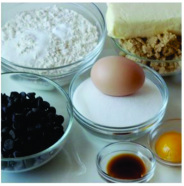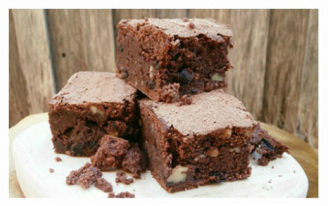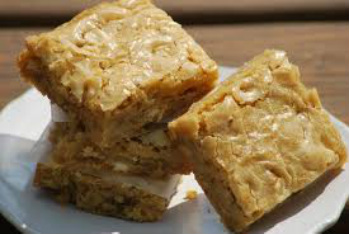Many brownie recipes call for good quality cooking chocolate but what exactly does that mean? Have you ever stood in the baking section and wondered which one should you buy? Do you purchase by cost or by a brand you recognise?The taste and quality can vary depending on the ingredients and the way it was made. Chocolate starts out as a cocoa bean which is then processed and combined with milk, butter and sugar to make the final product. Dark, milk, white, compound, couverture – all types of chocolate (except white) but what is the difference and which one for baking and cooking?
This list of varieties from
Taste.com.au might help…
Dark chocolateDark (or plain) chocolate is the richest variety. Due to the relatively high percentage of cocoa solids and small amount of sugar, the flavour can be bitter. The quantity of cocoa solids differs between varieties – some are ideal for eating just as they are. Others have a higher percentage and are better suited for cooking.
Milk chocolateMilk chocolate is a popular eating chocolate. It contains less cocoa solids than dark chocolate and has added milk solids, which makes it sweeter and creamier than dark varieties. However, it is also less easy to melt than dark chocolate.
White chocolateWhite chocolate is made from cocoa butter, milk and sugar. It doesn’t contain any cocoa solids, therefore it is not strictly a chocolate, but the flavour is light and sweet. When purchasing white chocolate be sure to check the ingredients as some brands substitute vegetable oil for cocoa butter, which results in an inferior product.
Couverture chocolate
Couverture chocolate is a high quality chocolate intended primarily for coating or dipping. It has a higher percentage of cocoa butter than dark chocolate, so it must be tempered before use. Tempering is a specific method used to melt and cool chocolate which results in a crisp and smooth chocolate with a glossy finish.
Good-quality cooking chocolate
Good-quality cooking chocolate replaces a small amount of the cocoa butter with vegetable oil, making it easier to melt.
Compound chocolateCompound chocolate entirely replaces the cocoa butter with vegetable oils. This diminishes the quality and flavour but makes it easier to melt and set without tempering
Chocolate bitsChocolate bits (or chips) contain a balance of ingredients that allow the bits to be baked in biscuits and cakes, yet retain their shape.
Another consideration when choosing chocolate is to consider how the chocolate was produced and choose Fair Trade chocolate if you can. Cocoa beans are often produced in developing countries where farmers and labourers are not paid a fair price. Fair Trade chocolate can be purchased online and may also be available in health food stores or where Fair Trade or organic products are sold.
Check out the
Five Tips for Cooking with Chocolate from Le Cordon Bleu website.
But how much of a difference does the type of chocolate make? Ree from The Pioneer Woman Cooks posed the question and set about to solve The Great Baking Chocolate Debate with three types of brownies and a blind taste test:
read the results here…



 RSS Feed
RSS Feed